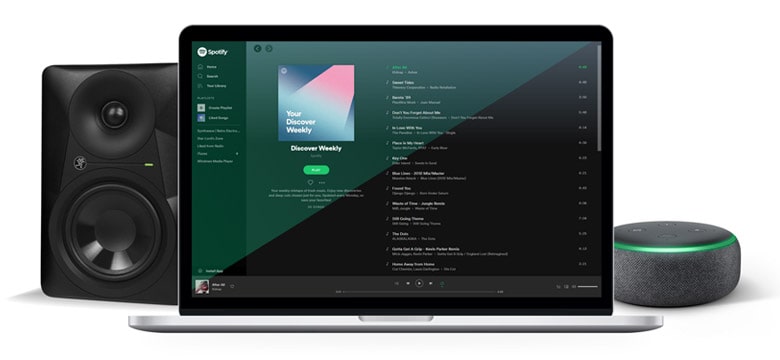
How Streaming Services Are Changing the Music Industry
The music industry has been through a lot of changes in the past few decades, but none have been as significant as the rise of streaming services. Streaming services have made it easier than ever for people to listen to music, and they have also had a major impact on the way that music is created, distributed, and consumed.
The Impact of Streaming Services on Artists
One of the biggest impacts of streaming services has been on artists. In the past, artists made most of their money from album sales and touring. However, streaming services pay artists much less per stream than album sales or ticket sales. This has led to a decline in income for many artists, especially those who are not as well-known.
For example, a study by the music industry trade group RIAA found that the average artist earned just $0.0038 per stream in 2020. This means that an artist would need to be streamed over 26,000 times in order to earn just $1.
In addition, streaming services have made it easier for people to listen to music for free. This has made it more difficult for artists to make a living from their music. As a result, many artists have had to find other ways to make money, such as touring, selling merchandise, or licensing their music for use in commercials or films.
For example, the band Metallica has said that they make more money from touring than they do from streaming. And the singer Taylor Swift has said that she has stopped releasing her music to streaming services in order to protect her copyright and to ensure that she is paid fairly for her work.
The Impact of Streaming Services on Labels
The music labels have also been impacted by the rise of streaming services. In the past, labels made most of their money from album sales. However, streaming services have reduced the amount of money that labels make from album sales. This has led to a decline in profits for many labels.
For example, the music label Sony Music Entertainment reported a decline in profits of 17% in 2020. And the music label Universal Music Group reported a decline in profits of 12% in 2020.
In addition, streaming services have made it easier for independent artists to get their music heard. This has led to a decline in the power of the major labels. As a result, many labels have had to find new ways to make money, such as investing in streaming services or signing deals with independent artists.
For example, the independent record label Sub Pop has said that they have been able to grow their business by signing deals with streaming services. And the independent artist Billie Eilish has said that she was able to get her music heard by signing a deal with the independent label Darkroom.
The Impact of Streaming Services on Fans
Streaming services have also had a major impact on fans. In the past, fans had to buy albums or singles in order to listen to music. However, streaming services allow fans to listen to music for free or for a low monthly subscription fee. This has made it easier for fans to discover new music and to listen to their favorite music whenever they want.
For example, the streaming service Spotify has over 400 million active users. And the streaming service Apple Music has over 60 million active users.
In addition, streaming services have made it easier for fans to connect with artists. Fans can now follow artists on social media, watch live streams, and even attend virtual concerts. This has created a more personal connection between fans and artists.
For example, the singer Ariana Grande has said that she loves using social media to connect with her fans. And the band BTS has said that they love using live streams to interact with their fans.
The Future of the Music Industry
The music industry is still in the midst of a major transformation, and it is not yet clear what the future holds. However, it is clear that streaming services will continue to play a major role in the music industry for years to come.
As streaming services continue to grow in popularity, it is likely that the way that music is created, distributed, and consumed will continue to change. It is also likely that the music industry will become more decentralized, with more power shifting to independent artists and fans.
Only time will tell what the future holds for the music industry, but one thing is for sure: streaming services are here to stay.




 Music is a universal language that has the power to connect people across cultures and boundaries. Throughout history, we have witnessed the magic that can happen when musicians and creatives come together to create musical masterpieces. Collaboration in music is more than just a mere coming together of individuals; it is a collective effort that requires open communication, mutual respect, and a shared passion for the art form.
Music is a universal language that has the power to connect people across cultures and boundaries. Throughout history, we have witnessed the magic that can happen when musicians and creatives come together to create musical masterpieces. Collaboration in music is more than just a mere coming together of individuals; it is a collective effort that requires open communication, mutual respect, and a shared passion for the art form.
 Building a strong and loyal fanbase is essential for musicians looking to succeed in the modern music industry. In an era of fierce competition and easy access to music, artists must employ strategic approaches to stand out and connect with their target audience. This blog post will delve into three influential books on the subject:
Building a strong and loyal fanbase is essential for musicians looking to succeed in the modern music industry. In an era of fierce competition and easy access to music, artists must employ strategic approaches to stand out and connect with their target audience. This blog post will delve into three influential books on the subject: 











